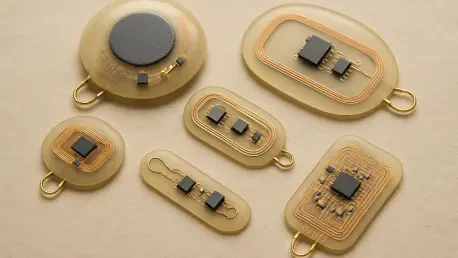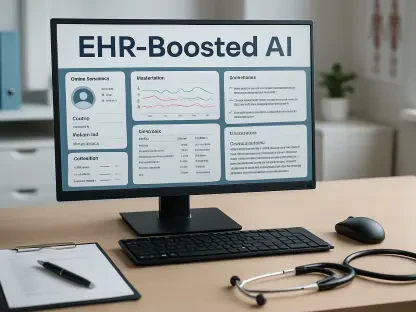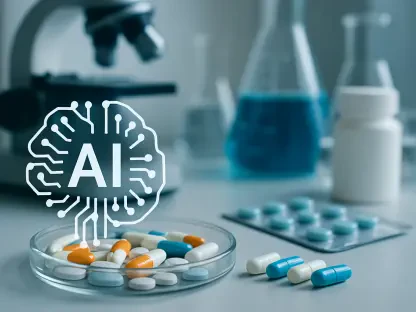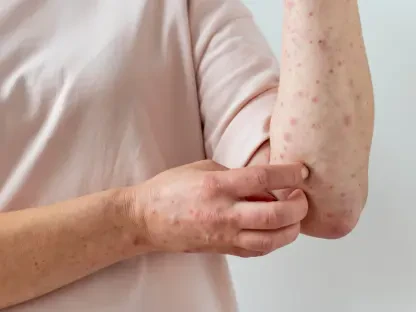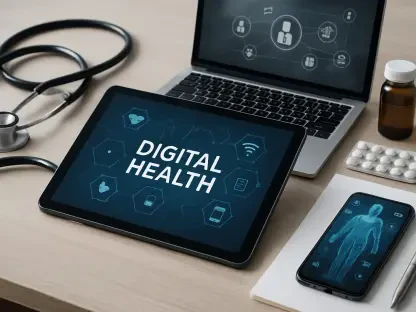Today, we’re thrilled to sit down with James Maitland, a leading expert in robotics and IoT applications in medicine. With a deep passion for harnessing technology to revolutionize healthcare, James has dedicated his career to creating innovative solutions that improve patient outcomes and streamline medical processes. In this conversation, we’ll explore groundbreaking advancements in medical technology, particularly the development of battery-free implants powered by the human body, the potential impact on devices like pacemakers, and the broader implications for sustainable healthcare. Join us as we dive into the future of biomedical engineering through James’s visionary perspective.
Can you share a bit about your journey and what sparked your passion for integrating robotics and IoT into medical solutions?
Absolutely. My interest in technology started early, tinkering with gadgets and coding as a kid. But it was during my university years, when I volunteered at a hospital and saw firsthand the limitations of current medical devices, that I realized technology could transform healthcare. I was particularly struck by how often patients faced challenges with invasive procedures or device failures due to power issues. That’s when I decided to focus on robotics and IoT to create smarter, more adaptive solutions that could seamlessly integrate with the human body and improve quality of life.
How would you explain the concept of using the body’s own movement to power medical implants to someone unfamiliar with the idea?
Sure, it’s a pretty fascinating concept. Essentially, we’re tapping into materials that can generate electricity when they’re squeezed, stretched, or moved. Think of it like a self-winding watch, but instead of winding it with your wrist, the natural motions of your body—like your heartbeat or breathing—create the energy. We embed these materials into implants, and they convert that movement into power to run devices like pacemakers or stimulate healing in bones. It’s all about making medical tech self-sustaining and reducing the need for external batteries.
What inspired you to explore the idea of battery-free implants, and was there a defining moment that set you on this path?
The inspiration came from observing nature, honestly. I was fascinated by how certain organisms generate their own energy, like electric eels. That got me thinking about whether we could mimic that in humans. The defining moment was during a research project when I came across studies on piezoelectric materials—substances that create electricity under pressure. I realized we could harness something as simple as a heartbeat to power life-saving devices. It felt like a game-changer, a way to eliminate the risks and costs of battery replacement surgeries.
Let’s talk about pacemakers. How could this technology transform the way they work for patients?
Pacemakers are a perfect example of where this technology could shine. Right now, their batteries last about 5 to 10 years, and when they run out, patients need surgery to replace them, which carries risks and discomfort. With battery-free implants, we could use the heart’s own beating or even chest movements to generate power continuously. This means the device could potentially last a lifetime without invasive procedures, reducing both physical and financial burdens for patients and making the technology much more accessible.
Beyond pacemakers, what other medical applications do you see for this kind of energy-harvesting technology?
The possibilities are really exciting. For instance, we could apply this to cochlear implants for hearing loss, powering them with subtle head movements. Another area is bone stimulators—using the energy from a patient’s steps or muscle contractions to promote healing after fractures or surgeries. It could also help with tissue regeneration, stimulating cells to repair themselves. I think patients with chronic conditions or those recovering from major injuries would benefit immensely, as this could mean fewer interventions and faster recovery times.
Developing such innovative solutions must come with significant challenges. What hurdles have you faced in bringing this technology closer to reality?
Oh, there are plenty of challenges. One big hurdle is ensuring the materials we use are both efficient at generating power and safe for long-term use inside the body. We have to make sure they don’t degrade or cause adverse reactions. Another issue is scaling down the technology to fit into tiny implants without losing effectiveness. Then there’s the regulatory side—proving to health authorities that this is reliable and safe takes rigorous testing and time. It’s a slow process, but every small breakthrough keeps us motivated.
Winning major funding or recognition can be a turning point for research like this. How has support from grants or fellowships impacted your work?
It’s been transformative. Securing significant funding allows us to expand our team, invest in cutting-edge equipment, and collaborate with other experts and institutions. Beyond the resources, the recognition itself is a huge morale boost—it validates the potential of what we’re doing. On a personal level, it’s also a moment to reflect on the support from family and mentors who’ve been there through the ups and downs. That kind of backing fuels not just the project, but the drive to keep pushing boundaries.
What is your forecast for the future of battery-free implants and sustainable medical technology over the next decade?
I’m incredibly optimistic. I believe we’ll see battery-free implants become a standard in certain medical fields within the next 10 years, especially for devices like pacemakers and bone stimulators. As materials science advances, we’ll develop even more efficient and biocompatible options. I also think IoT will play a bigger role, allowing these implants to communicate data in real-time for personalized care. Ultimately, the goal is a healthcare system where devices are smarter, greener, and less invasive—turning the human body into a partner in its own healing process.
